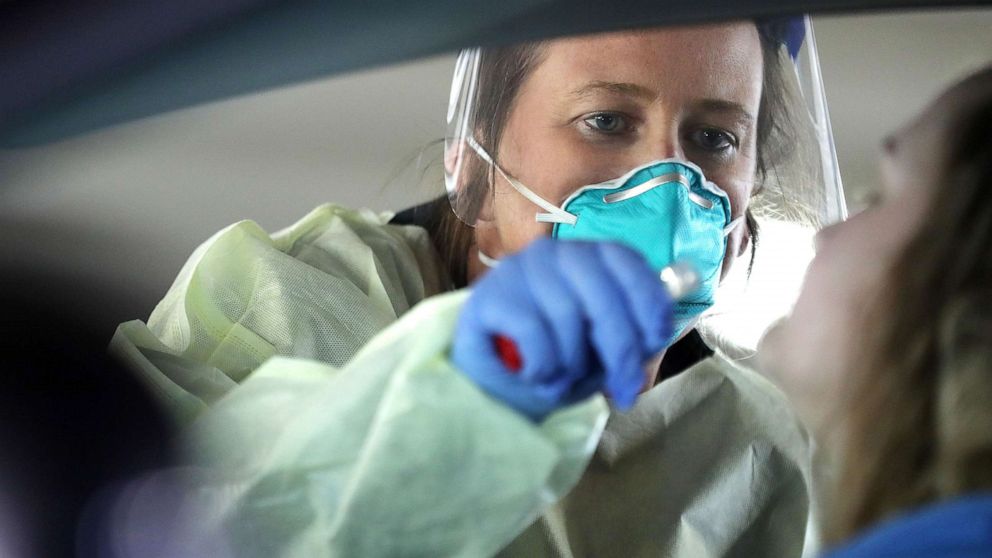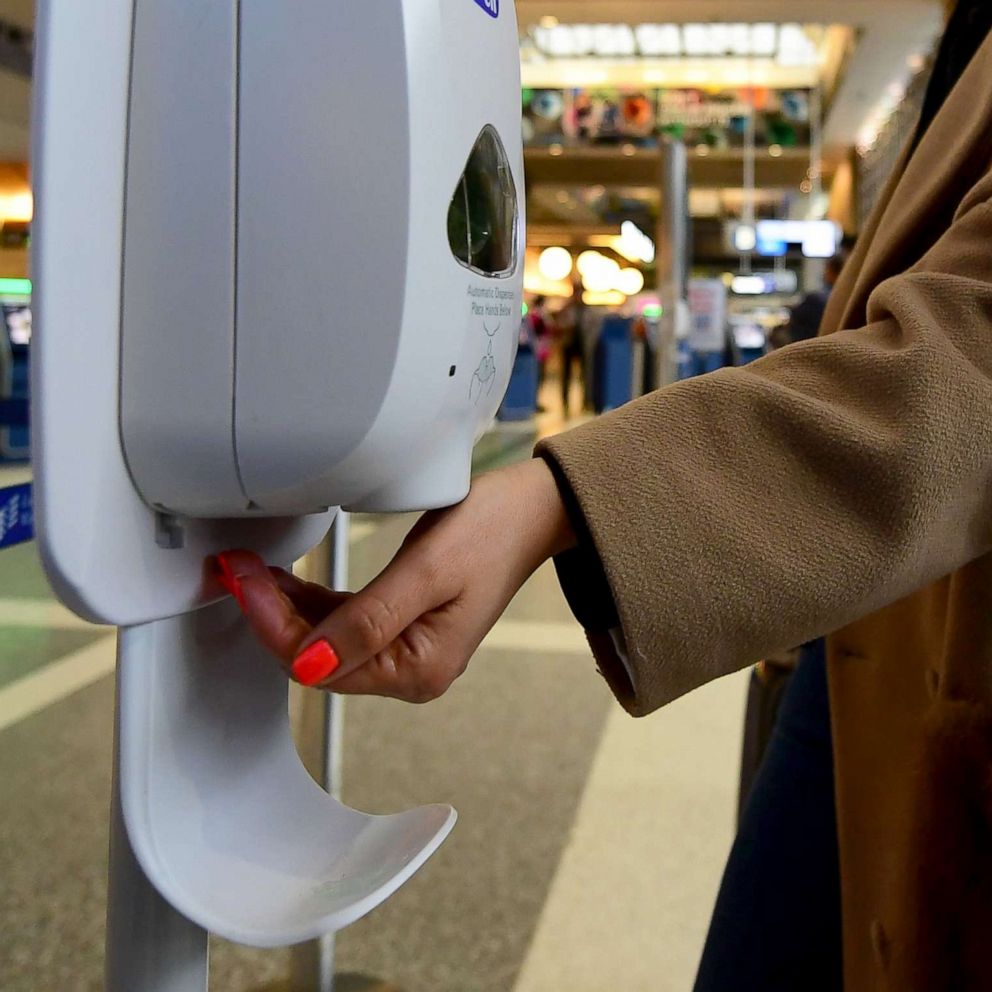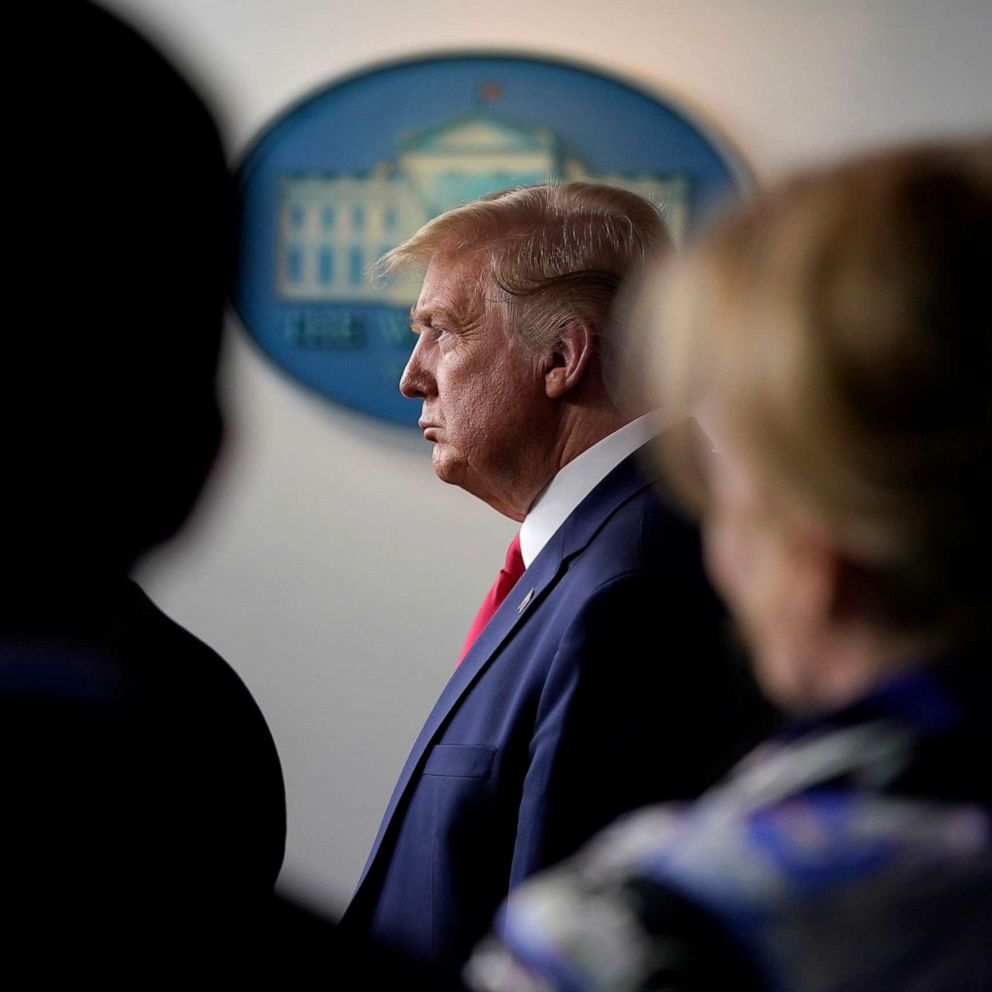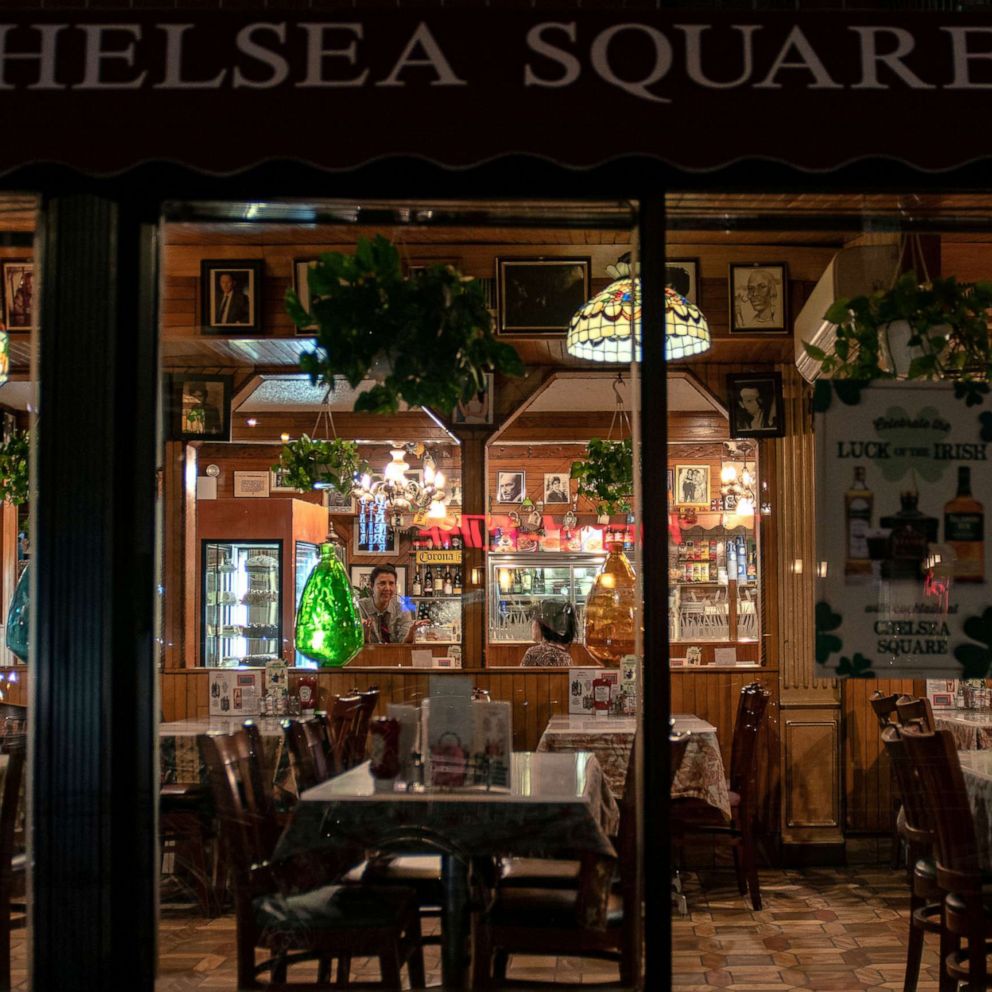The battle to protect health care workers on the front lines of the coronavirus pandemic
As the U.S. combats the spread of the novel coronavirus, health care experts continue to debate how to best protect America’s protectors during a time when they are needed most.
With masks and other supplies dwindling, public health experts are now balancing the need to keep health care workers on the front lines against the need to protect medical staff from becoming patients themselves.
"We don’t feel protected," said Melissa Johnson-Camacho, University of California, Davis nurse and chief nurse representative for the California Nurses Association. "I’ve cried almost every day. I think if there were more transparency, everyone would feel a lot better."
In late February, at the UC-Davis Medical Center, one COVID-19 patient led to the self-quarantine of at least 124 nurses and health care workers, according to the National Nurses United Association.
Changing protocols
"It is now a very different conversation," said Johnson-Camacho. Hospitals, including UC Davis Medical Center, are responding to the evolving situation and have reevaluated and modified their protocols, ensuring that COVID-19 patients are identified at the earliest stages of entry and that frontline workers are protected when they first encounter a suspected COVID-19 patient. But even with these new protocols, health care workers say it is not enough and do not feel that these changes are communicated well.
What to know about coronavirus:
- How it started and how to protect yourself: Coronavirus explained
- What to do if you have symptoms: Coronavirus symptoms
- Tracking the spread in the US and Worldwide: Coronavirus map
In response to shortages of personal protective equipment (PPE), the Centers for Disease Control and Prevention (CDC) last week scaled back its recommendations regarding PPE for health care personnel working with COVID-19 patients.
CDC officials no longer recommend that health care workers use N95 respirators around COVID-19 patients at all times, recommending instead that N95 respirators be reserved for procedures in which small particles, known as aerosols, are more likely to be produced, for instance when critically ill patients are intubated to help them breathe.
N95 respirators are individually fitted for the user and block out aerosols. Outside of these aerosol-producing procedures, the CDC says that surgical masks -- which are looser fitting and protect from large droplets, splashes and sprays from sneezes and coughs -- are an acceptable alternative form of protection when there is a shortage of N95 respirators, since the virus is thought to be transmitted primarily through respiratory droplets.
The agency also recommends that, in addition to the masks, workers also wear eye protection, gown and gloves.
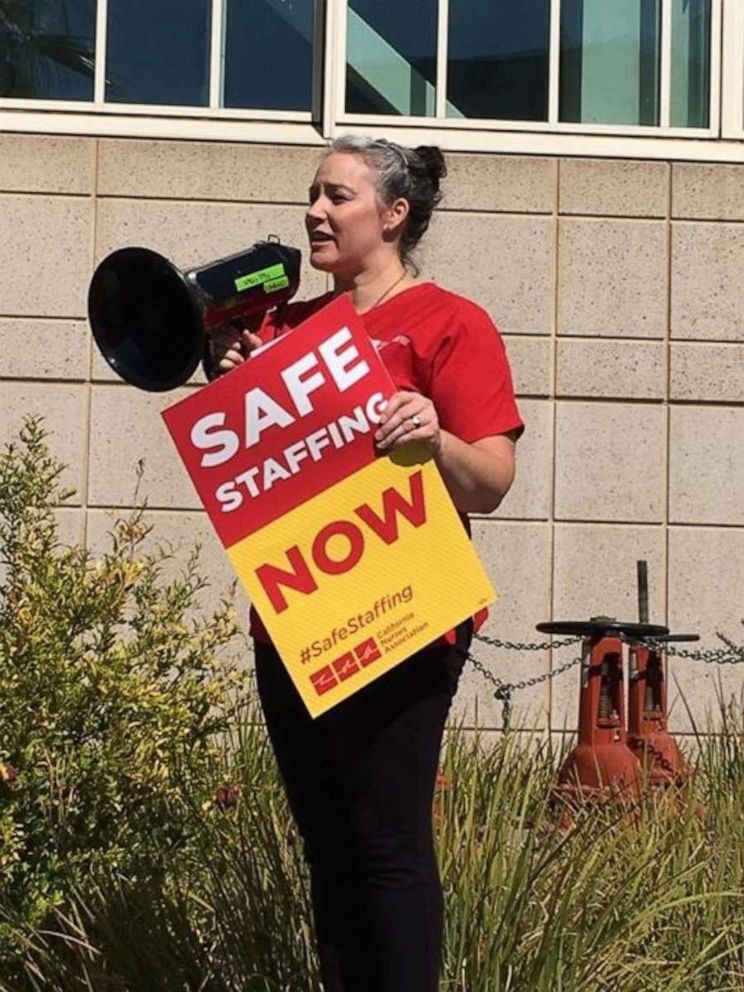
"I go back to work this weekend, and I am extremely concerned about the rollbacks the CDC implemented," said Johnson-Camacho.
ABC News reached out to the CDC, but the agency did not respond to request for comment.
Dr. Amesh Adalja, senior scholar at the Johns Hopkins University Center for Health Security, believes that adapting to the CDC’s recommendations and modifying self-quarantine protocols for health care workers is necessary to prevent understaffing and crippling of the health care system. He said that in some hospitals the current self-quarantine policies for health care workers following exposure to COVID-19 patients are "strict and unjustified."
"Guidance has to change and reflect the science," he added.
Recommendations vary from agency to agency
The major problem is that the CDC, World Health Organization (WHO), and local and state health departments give varying recommendations regarding PPE requirements. "So long as the language remains ambiguous, it's hard to tell workers that only a surgical mask is okay," said Dr. Gabe Kalen, professor and chair of the Department of Emergency Medicine at the Johns Hopkins University.
"Our health care workers read this and the messages get jumbled," Kelen said. "It’s hard to convince somebody who had to wear PAPRS, [powered-air purifying respirators, which cover the entire face] and space suits that now a surgical mask, face shield, and gloves is enough."
When a patient tests positive for COVID-19 Johns Hopkins upgrades to airborne precautions and requires all personnel interacting with the patient to wear N95 masks at all times.
So long as the transmissibility of COVID-19 still remains unsettled, many hospitals, including Johns Hopkins, are using protective gear that goes beyond the CDC’s recommendations.
Kelen said that as long as workers use the right protection, they are asked to self-monitor for symptoms and continue working. "Think of the alternative that a whole bunch of people can’t work at all and no one will be there to take care of sick patients," he said.
Dr. James Lindsey, vice chair of emergency medicine of Phelps Hospital Northwell Health, in Sleepy Hollow, New York, said, "It is certainly a concern in the ED in the midst of this pandemic that we are going to temporarily lose staff to illness or quarantine." As a smaller hospital, the administration recognizes that they do not have an overabundance of extra staff and must take extra precautions.
Surgical masks "are placed immediately upon arrival to the ED entrance, even prior to reaching the triage desk, and all staff already have [those] masks on at all times," he said. Anyone with respiratory or flu-like illness is immediately placed into a private, negative-pressure room, and that room is upgraded to an airborne precaution, meaning that anyone who enters is required to put on a gown, gloves, and N95 respirator mask until further notice.
At Johns Hopkins, health care workers are not wearing masks throughout their whole shift, unless they are interacting with a patient with a suspected disease, such as COVID-19. "We are still extremely concerned we will run out of equipment. It won’t take much of a surge of patients to run out and we do not have a clear replacement supply chain," said Kelen.
Health care personnel report they are being asked to reuse certain equipment, like N95’s respirators. Surgeon General, Jerome Adams, said shortages of PPE for health care workers is "absolutely" an issue he hears about from colleagues and states. "Shortages are leaving doctors, nurses and other front line health care workers dangerously ill-equipped to care for COVID-19 patients. We can’t stop COVID-19 without protecting our health workers," said World Health Organization Director-General Dr. Tedros Adhanom Ghebreyesus in a recent media briefing.
Extra shifts, and a risk of fatigue
Johnson-Camacho said that at UC Davis, there has also been an increase in sick calls because nurses experiencing any symptoms are taking extra precautions to prevent potentially exposing patients to COVID-19. "People are working extra shifts and fatigue never helps with patient care, especially as we anticipate a huge influx of COVID-19 positive patients."
As a nurse working on a cancer floor, she is particularly concerned about exposing her immunocompromised patients to COVID-19. Johnson-Camacho said that getting access to PPE equipment has become much harder and that even access to basic surgical masks has become stricter. When it comes to receiving N95 respirators, "you really have to plead your case."
The limited access to testing is also an issue. Since health care workers cannot test all their patients exhibiting symptoms for COVID-19 or request a test for themselves, there is no way to be certain which patients or staff are positive and which aren’t. Narrow testing protocols and the limited testing capacity can also lead to accidental exposures and increase risk for unintentional infections within the hospital. Experts also note that the lack of vaccinations for COVID-19 leaves health care workers immunologically naive and contributes to the risk for sickness and quarantine.
Evergreen Health in Kirkland, Washington, confirmed on Sunday that an emergency room doctor tested positive for COVID-19. The doctor was in "critical condition but stable." Brigham and Women’s Hospital, in Boston, also confirmed that at least one health care worker has been infected. In a statement shared with the media this Sunday they reported, "As the novel coronavirus spreads across the globe, it is inevitable that health care workers will be infected." It is not known whether these health care workers contracted the virus through patient exposure or in the community.
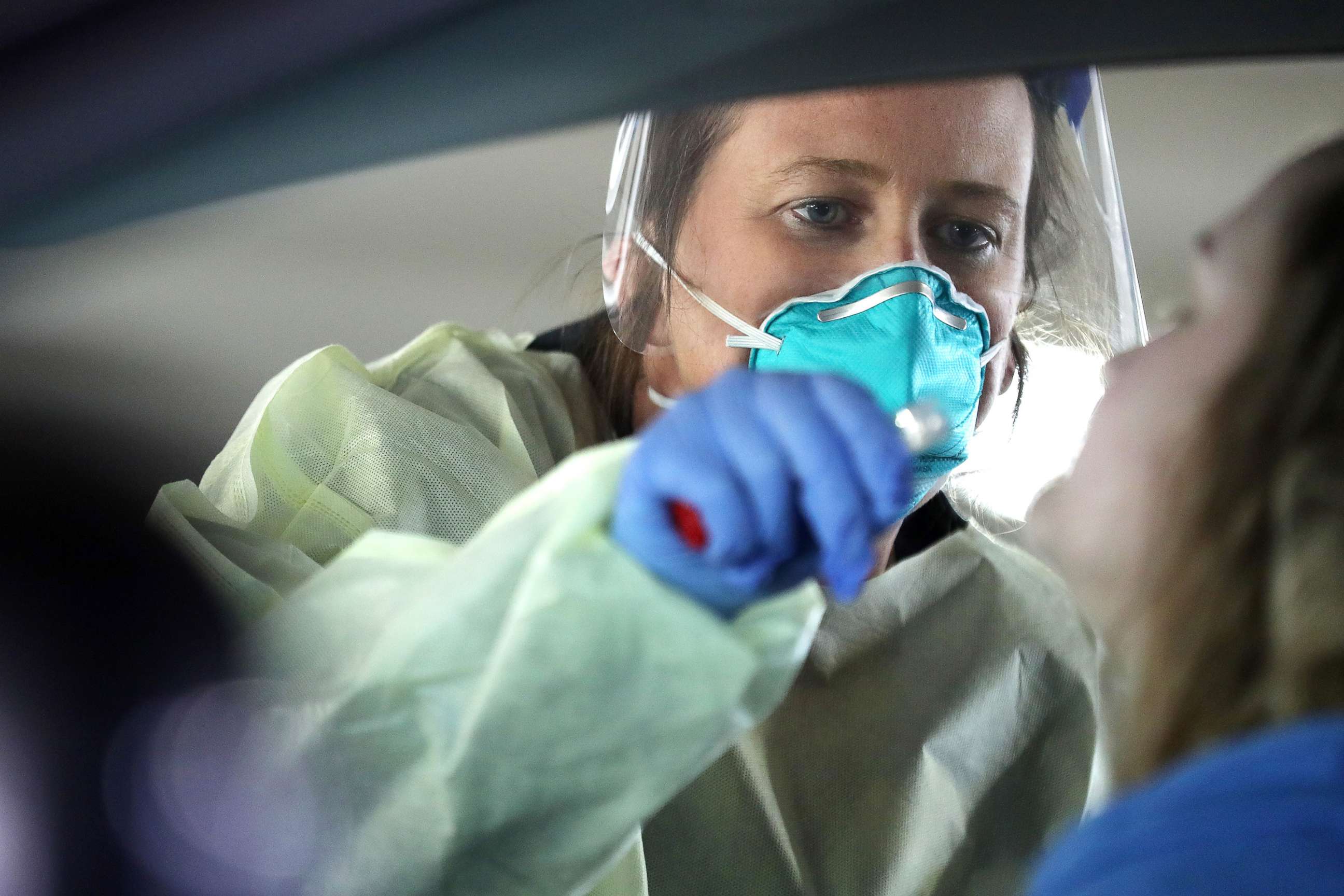
"We go home to our families"
"I don’t live in a bubble," said Johnson-Camacho. "When I get off, I pick my kids up, I go to meetings, I volunteer. When nurses are exposed, the public is not safe," said Johnson-Camacho.
Jared Shapiro, senior director of environmental health and safety at Montefiore Health System agreed. "We are all human. And I think everyone has feelings of uncertainty due to the unknown. We treat sick patients every day and we go home to our families every day."
Add Johnson-Camacho, "The biggest issue is there is a lot of downplaying when I really think what we want to hear is that, yes, this is serious, yes, patients' lives are important and yes, we are committed to being prepared and keeping you protected."
Eden David, who's studying neuroscience at Columbia University and matriculating to medical school later this year, is a contributor to the ABC News Medical Unit.
